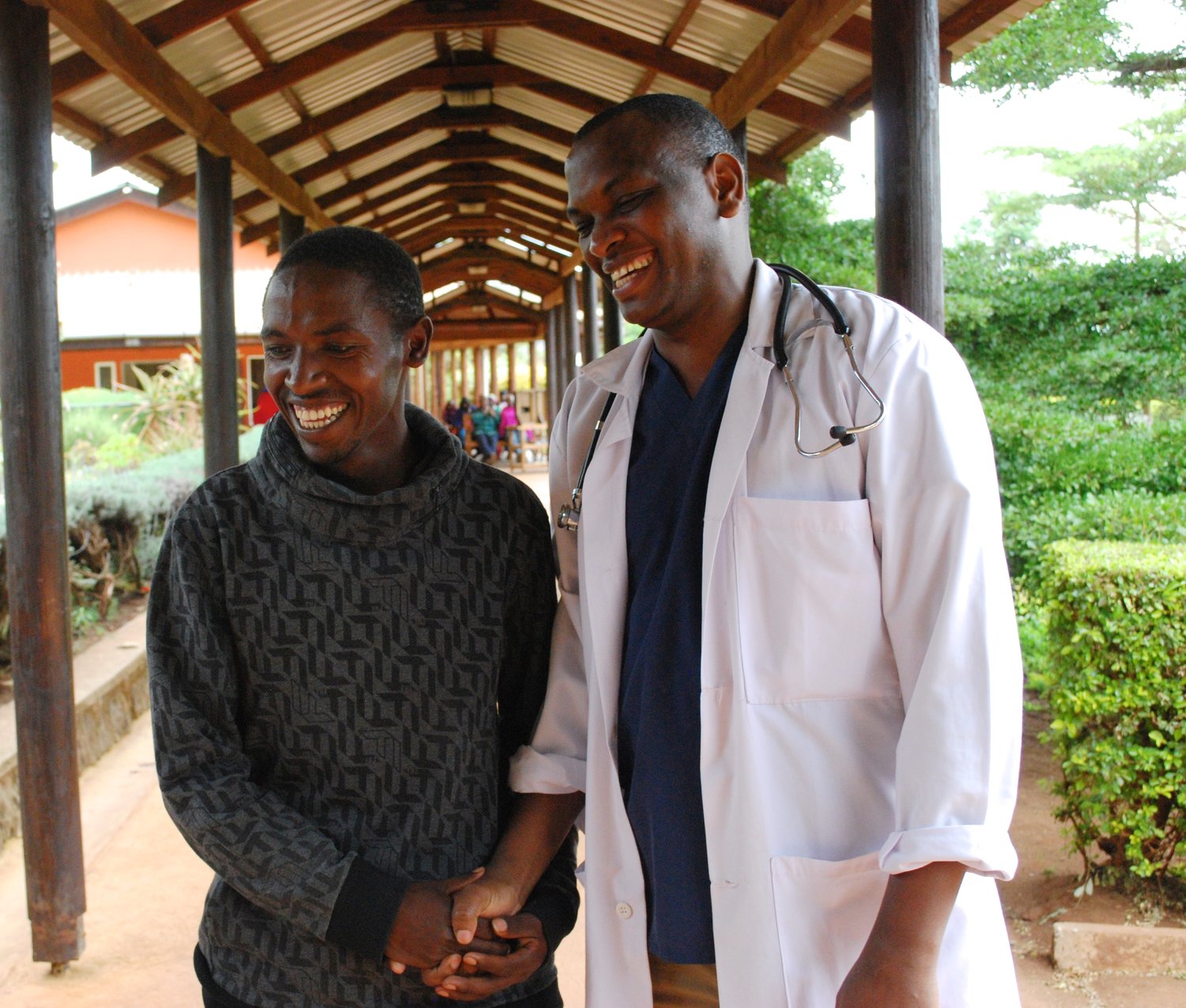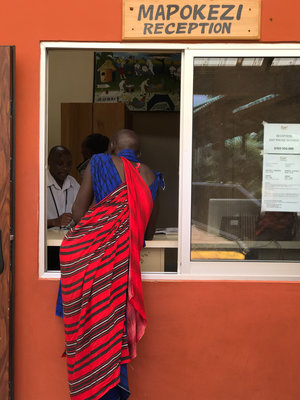December 2018
FAME Changes You
The Reagent Project helps a small nonprofit transform healthcare in rural Tanzania
(Photo credit: FAME)
In 2002, nearing the peak of Tanzania’s Mount Kilimanjaro, an American physician named Frank Artress sat on rock next to his wife Susan Gustafson. As they looked down at the clouds, Dr. Artress realized there was a 75% chance he would not survive the acute high-altitude pulmonary edema he knew he’d developed. Then he blacked out.
In Tanzania, in disperse villages surrounding Kilimanjaro, Serengeti, and other natural wonders tourists flock to, the locals—many Iraqw, Massai, or Barbaig—often die young, some in childbirth, others of diarrheal diseases, neonatal disorders, or HIV. Most of these incidents are highly treatable, but Tanzania has one of the world's lowest clinician-to-population ratios—and for people in these rural areas, down rough roads far from any clinic, care often just isn’t accessible. And the majority of the 1.3 million tourists who visit their country each year bypass this reality entirely.
Susan Gustafson & Frank Artress
Founders of the Foundation for African Medicine and Education (FAME)
But when Frank came to, he almost immediately realized his near death at peak altitude had changed his approach to life—which he felt had previously been focused on positively impacting himself, not the world. And before the day was out, he and Susan had determined to quit their California jobs, sell all their belongings, and dedicate themselves to providing quality healthcare in rural Tanzania. With that, the Foundation for African Medicine and Education (FAME) was born, and in 2008 the organization’s first outpatient clinic opened its doors in the remote Karatu district. In 2012, the FAME Hospital followed.
“As word spread about the quality of care at FAME and about the things that FAME has accomplished for individuals, the number of patients increased—in some years over 20% compared to the previous year,” says Susan, who along with the rest of the staff, is dedicated to not just accommodating them, but providing a standard of care up to or surpassing that in the U.S. However, getting all the requisite technology and equipment to do so remained a challenge.
(Photo credit: FAME)
That’s where The Reagent Project (TRP) comes into our story. In 2016, as FAME was expanding operations at its hospital to include CT scans and radiology and ramping up its reproductive health services, TRP donated one rocker laboratory shaker and one tilting incubator shaker. “These shakers have allowed FAME to broaden the scope of testing or in some cases, increase total numbers of samples run during a period of growth and expansion of services,” says Susan.
Over the last two years, those little shakers have been hard at work, sometimes mixing blood samples, sometimes performing semen analysis, and they are now poised to perform procedures for bacterial culture and sensitivity—like everyone at FAME, remaining nimble and willing to evolve along with the organization’s ever-shifting needs.
“I’ve never seen a hospital like this. Regardless of one’s position (doctor, nurse, housekeeper, or groundskeeper), they are all working hard to support the organization,” says Abdul, a medical student who, as the nephew of FAME’s Head Housekeeper, grew up around FAME and credits the organization with inspiring him to become a doctor.
Together, the FAME team has tackled challenges from intermittent electricity and refrigeration—critical components of any lab where interruptions in such services can decimate samples—to the dearth of adequately trained health professionals and the logistical difficulties of getting lab equipment repaired on the savannah.
“At TRP, we are always awed by how much difference people can make around the world and we are happy to help them however we can.”
“At TRP, we are always awed by how much difference people can make around the world and we are happy to help them however we can” says Dr. Marcella Flores, TRP’s Founder. “FAME was one of the first organizations we partnered with, and we couldn’t be prouder to contribute our part to this amazingly successful team effort.”
Today, FAME sees over 100 patients a day at their outpatient department—with over 140,000 outpatient visits total since 2009—and that doesn’t include patients who are hospitalized or access mobile clinics. In addition, the way people use FAME’s services and think of medical care has started to shift, an exciting sign.
“Patients used to often come when their health had deteriorated markedly and FAME was a last resort. Now, we seeing increasing numbers of patients who are not sick, but are coming for periodic checkups,” says Susan. “This could be transformative for the population.” Indeed.



